
The Ultimate Guide to Treating Comedonal Acne: Tips, Products, and Strategies
Comedones, also known as blackheads and whiteheads, are a type of acne caused by the buildup of excess oil in pores on the skin. While these bumps can often be seen with the naked eye, they are usually not painful like other types of pimples. Fortunately, comedones treatment is available, and there are ways to treat both open and closed comedones at home. From topical treatments like retinoids to chemical peels and extraction techniques, this guide will provide you with everything you need to know about comedonal acne treatment.
What is Comedonal Acne?
Comedonal acne is a type of acne that is classified by the build-up of comedones rather than red, inflamed pimples.
Comedones are small bumps that appear on the skin and can be flesh-coloured, white, or dark. They are a type of acne caused by oil and dead skin that clog the hair follicles. The medical term for a single bump is "comedo". A whitehead is a closed comedo, meaning the oil has been trapped underneath the skin. A blackhead is an open comedo, meaning it is exposed to air and turns dark or black. Closed comedones are more common than open comedones.
Comedonal acne is a mild form of acne but can be difficult to treat if left untreated. Those with fair skin may not experience inflammation or redness associated with other types of acne, such as inflammatory acne. However, it often leads to scarring and discolouration if not addressed properly.
Moreover, it is important to differentiate between comedonal acne and other skin conditions that may present with similar symptoms. Although comedones can be seen on the surface of the skin, they are not typically an indication of infection. It is always best to consult a dermatologist for accurate diagnosis and treatment.
Types of Comedones
Comedones, which result from skin-cell growth and increased oil production, are formed when dead skin cells and oil clog the hair follicle. There are various types of comedones:
1. Open Comedones (Blackheads): These occur when the oil plug is trapped within the hair follicle near the pore opening. The top of the plug is exposed to air, causing the oil to oxidize and darken, giving it a dark brown appearance. They commonly appear on the sides and bridge of the nose, chin, shoulders, and back.
2. Closed Comedones (Whiteheads): These develop when the pore opening is blocked, and the oil and skin cells plug remains unexposed to air. Instead of turning black, a whitish or flesh-coloured bump appears on the skin. They are usually found on the forehead, chin, and cheeks.
3. Microcomedones: These are tiny, invisible blemishes that serve as the initial stage for visible comedones like inflamed pimples or blackheads. They are not visible to the naked eye.
4. Macrocomedones: Larger than average comedones, they can be open or closed and typically range from 1 to 3 millimeters in diameter.
5. Giant Comedones: These are exceptionally large blackheads, ranging from several millimeters to 2 centimeters in diameter. They often occur singularly in older adults.
6. Solar Comedones (Senile Comedones): As a result of excessive sun exposure over time, these lesions can be small or large and may be open or closed. They are commonly observed in individuals aged 60 to 80 years, although extreme sun exposure can cause them to appear in people in their 40s.
Treatment Solutions for Comedonal Acne
Comedonal breakouts, like other forms of acne, are not a result of poor hygiene. Merely increasing the frequency of washing or scrubbing your skin will not effectively resolve the issue.
While maintaining a consistent daily skincare routine is crucial for healthy skin, it is essential to understand that relying solely on skincare might not suffice to clear comedonal acne. However, there are various effective treatments available, both over the counter and through prescription.
Common treatments for comedonal acne include:
- Azelaic acid
- Topical retinoids
- Differin (adapalene)
- Benzoyl peroxide
- Salicylic acid
For mild cases, over-the-counter (OTC) treatments may be sufficient. However, in the case of severe and persistent acne, it is advisable to consult a healthcare provider to explore appropriate treatment options.
It is important to note that the effectiveness of any treatment may take up to 12 weeks to become evident. Patience and consistency are key factors during this period, even if the immediate improvement is not noticeable.
If you do not observe positive results after three months of treatment, seeking advice from a qualified dermatologist for further evaluation and guidance is recommended.
Topical Products for Treating Closed Comedones
For closed comedones, topical treatments are the most common and effective treatment. They can help reduce the size of existing bumps, prevent new ones from forming, and regulate oil production.
The Pink Foundry's Overnight Acne Spot Corrector is a gentle formula created using Sulfur, Salicylic Acid, Zinc Oxide, Calamine, and Glycerin for oily and combination skin. It helps dry out active acne and reduces sebum production.
Moreover, the Overnight Exfoliating AHA BHA Radiance Mask from The Pink Foundry is another widely used OTC product that contains Encapsulated Salicylic Acid (BHA) and Encapsulated Lactic Acid (AHA) to unclog pores, reduce blackheads and whiteheads, and tighten the appearance of the skin revealing smoother & brighter skin.
Alternatives to Over-the-Counter Products
For those with severe comedonal acne, alternative treatments might be necessary to treat the condition.
Dermatologists often recommend prescription medications like antibiotics and Retinoid creams for more serious cases. Topical retinoids help unclog pores by increasing cellular turnover, while topical antibiotics reduce inflammation associated with bacteria within the follicle.
Other alternatives include chemical peels or cryotherapy. Chemical peels work by removing the top layer of dead skin cells and help minimize pores, thus reducing comedones and post-acne scarring. Cryotherapy helps reduce inflammation caused by acne as well as rid the skin of bacteria that cause breakouts.
Finally, closed comedone extraction is a method used to remove whiteheads from the surface of the skin. This technique should be performed by a professional, as it requires special tools and training to do it safely and effectively.
Also Read: Comedonal Acne: Causes, Symptoms & Treatment
Strategies for Avoiding Future Breakouts
- Adopt a consistent skincare routine that includes gentle cleansing, moisturizing, and exfoliating.
- Wear sunscreen to prevent further sun damage.
- Avoid performance makeup products or any product with silicone, as they can clog pores.
- Eat a balanced diet low in processed foods and refined sugars.
- Manage stress levels to reduce inflammation in the body.
- Consider supplementing your diet with vitamins A & E, which are known for their anti-inflammatory properties and skin healing abilities.
- Keep your hands away from your face and avoid touching or picking at blemishes, as it increases the risk of infection and scarring.
Also read: Understanding the Root Causes of Comedonal Acne: The Science Behind Closed Comedones
Summary
Comedonal acne is one of the most common types of acne and can be treated with various treatments, including OTC topical products and more aggressive alternatives. Maintaining an effective skincare routine is important while being mindful of other lifestyle factors like diet and stress levels. If over-the-counter medications are not working, consider alternative treatments, such as antibiotic creams or extractions from a professional. With consistency and patience, comedonal acne can be effectively managed.





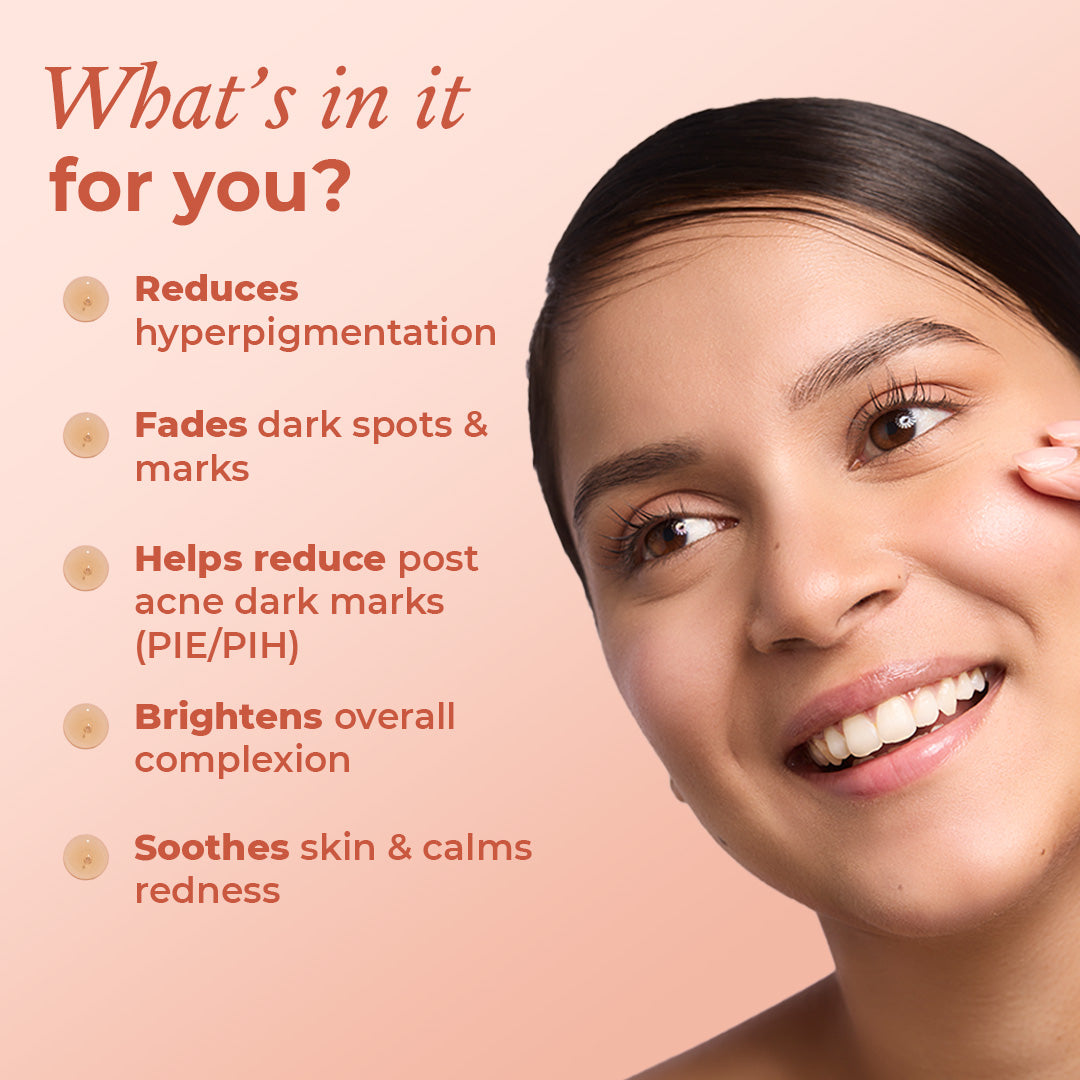

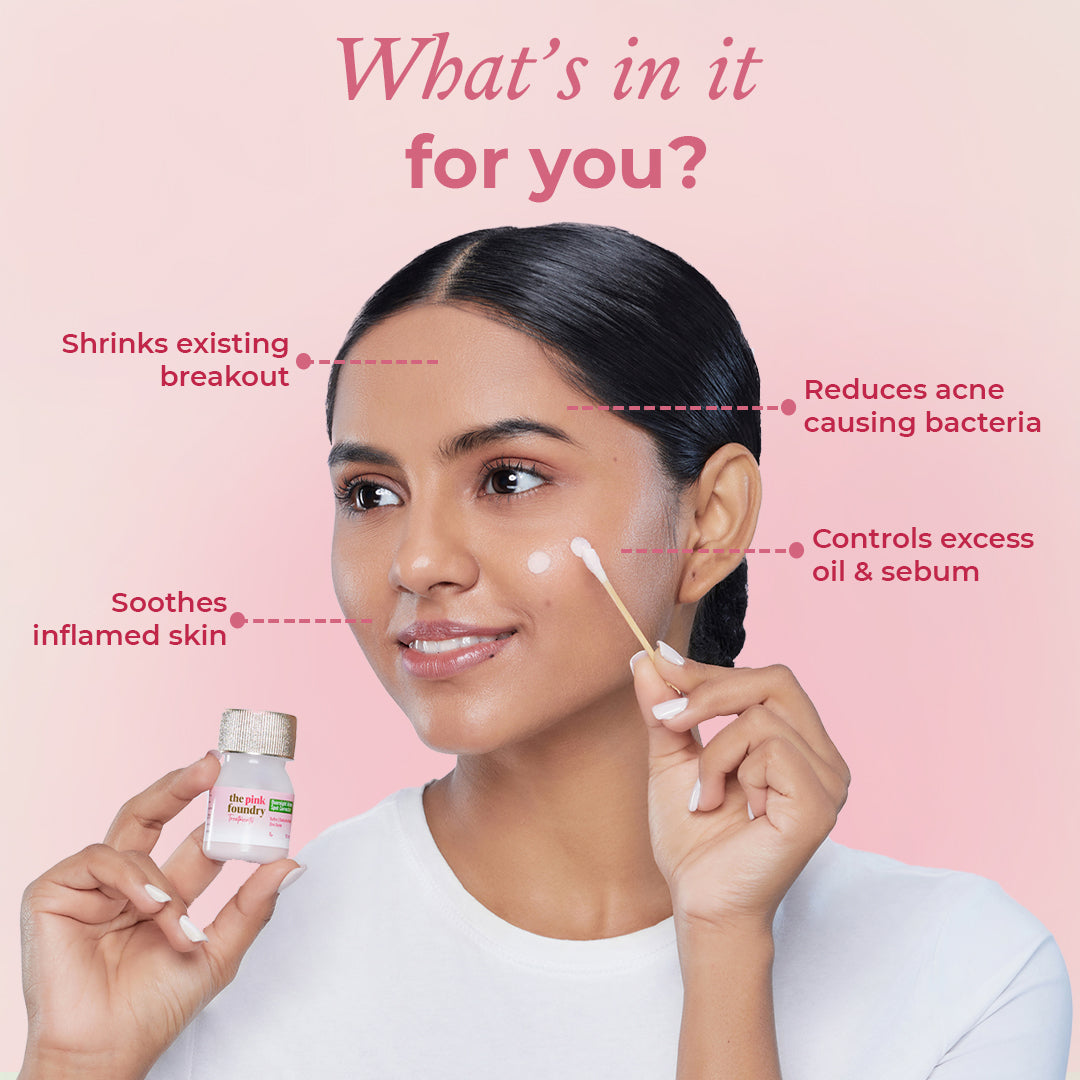
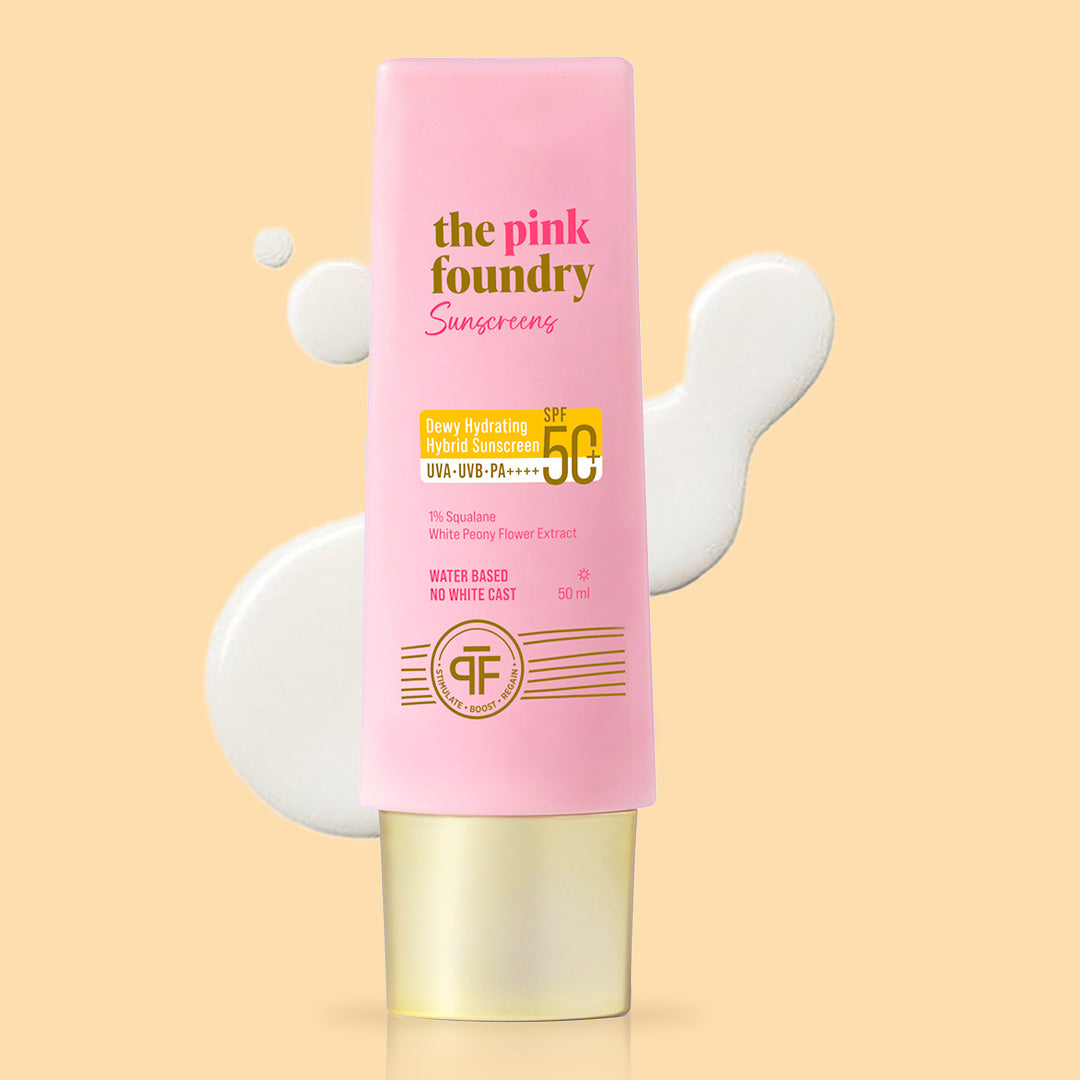
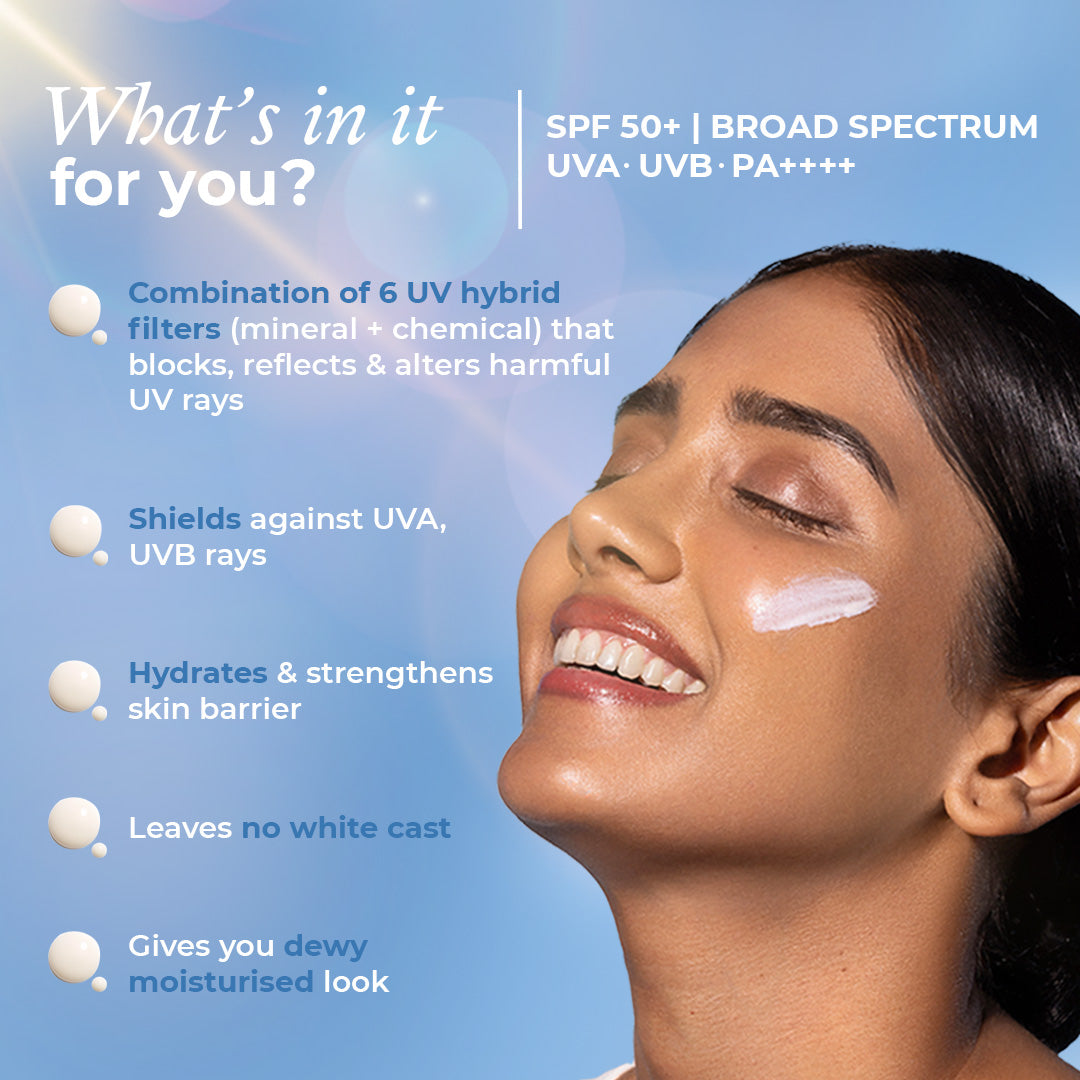
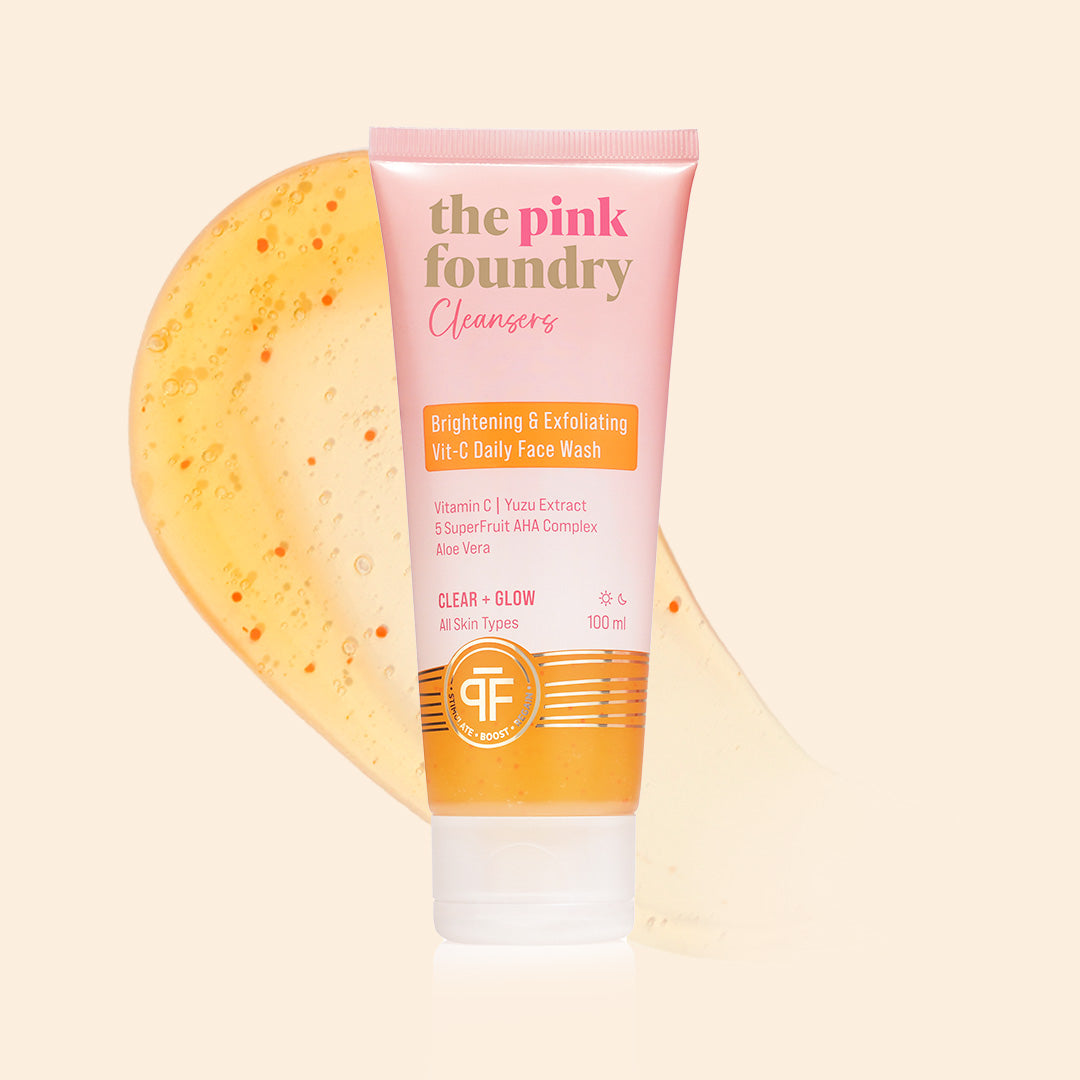
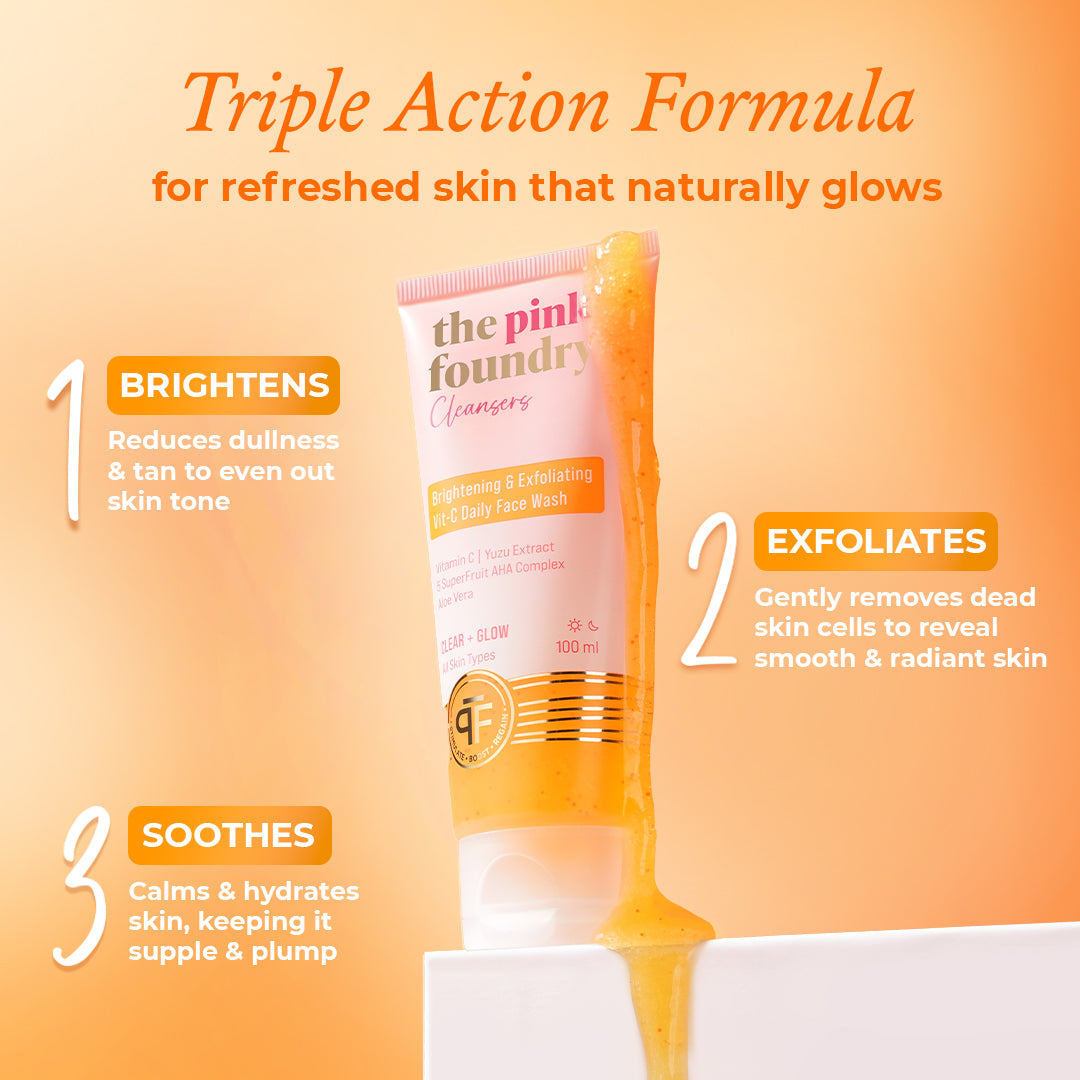
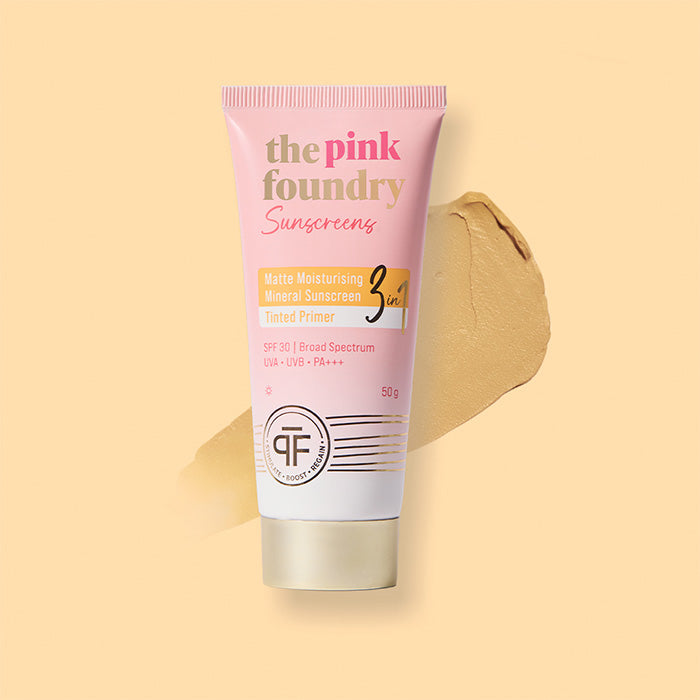
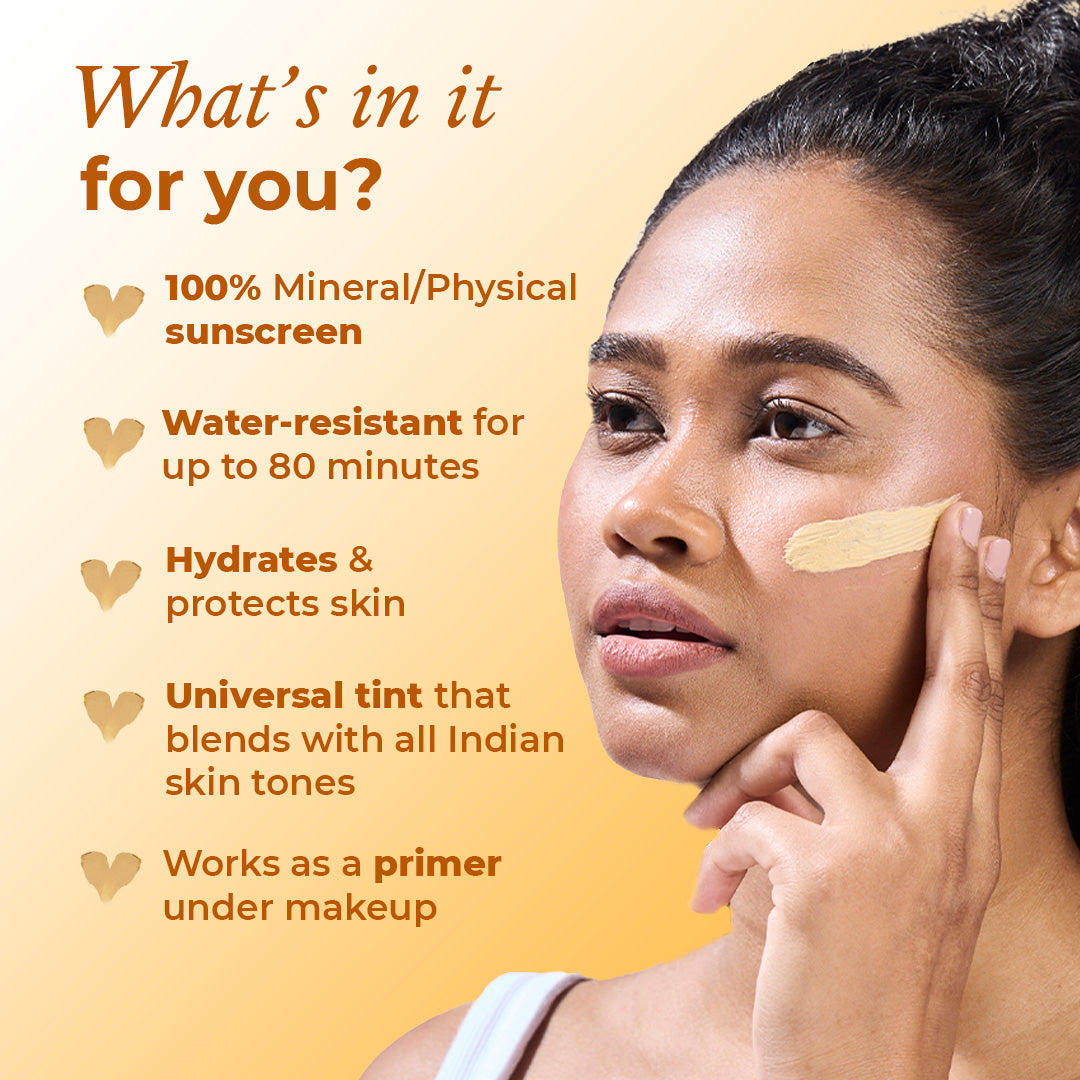
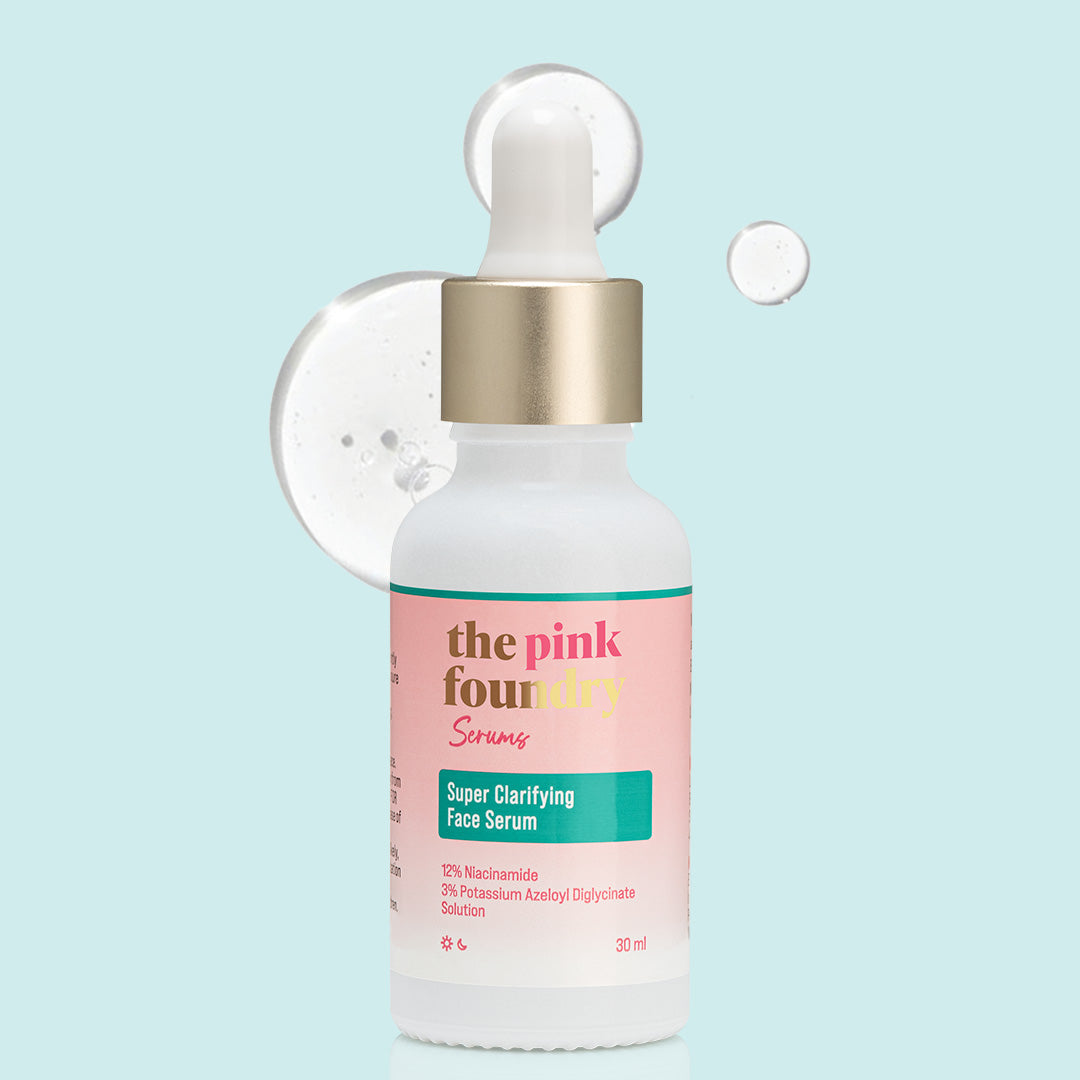
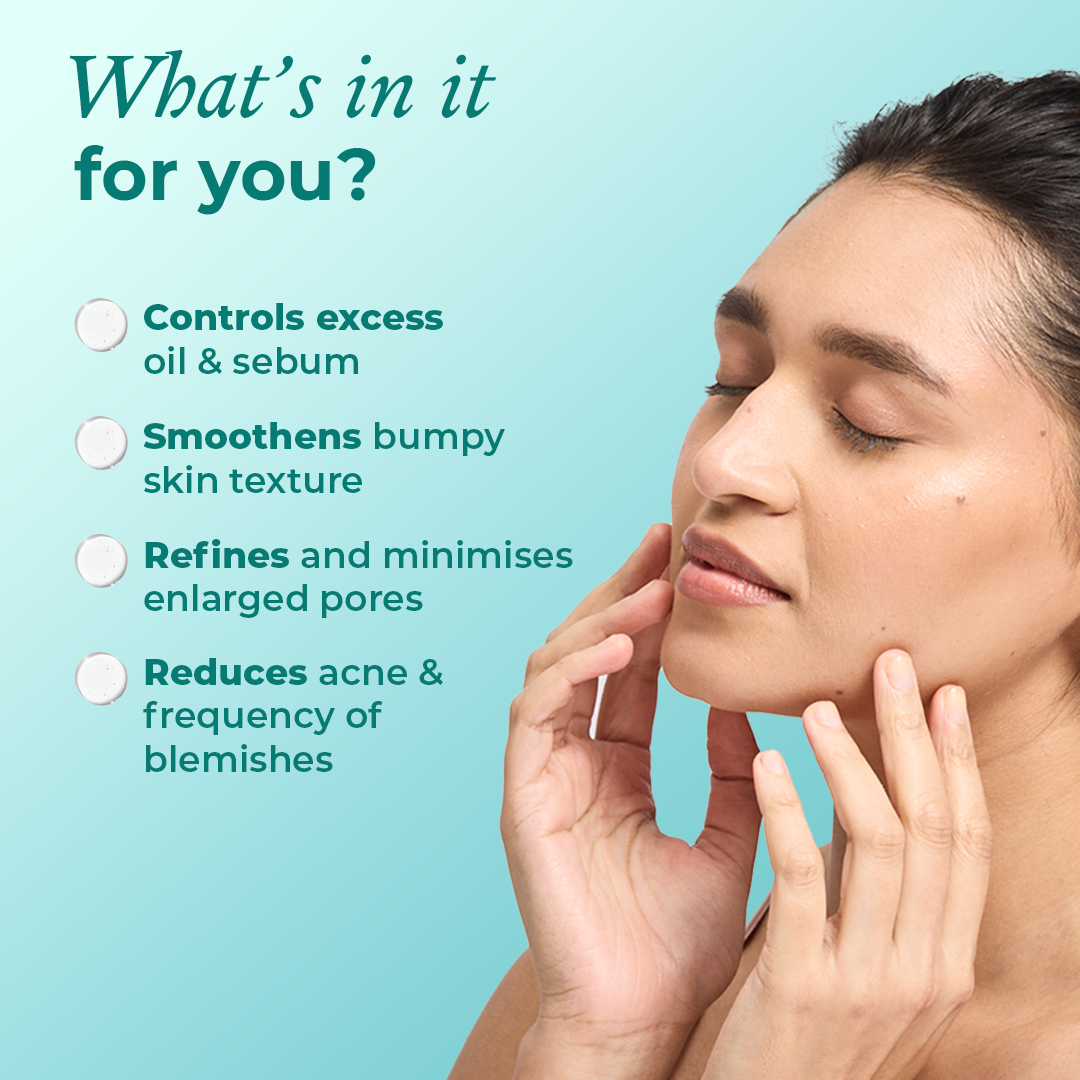

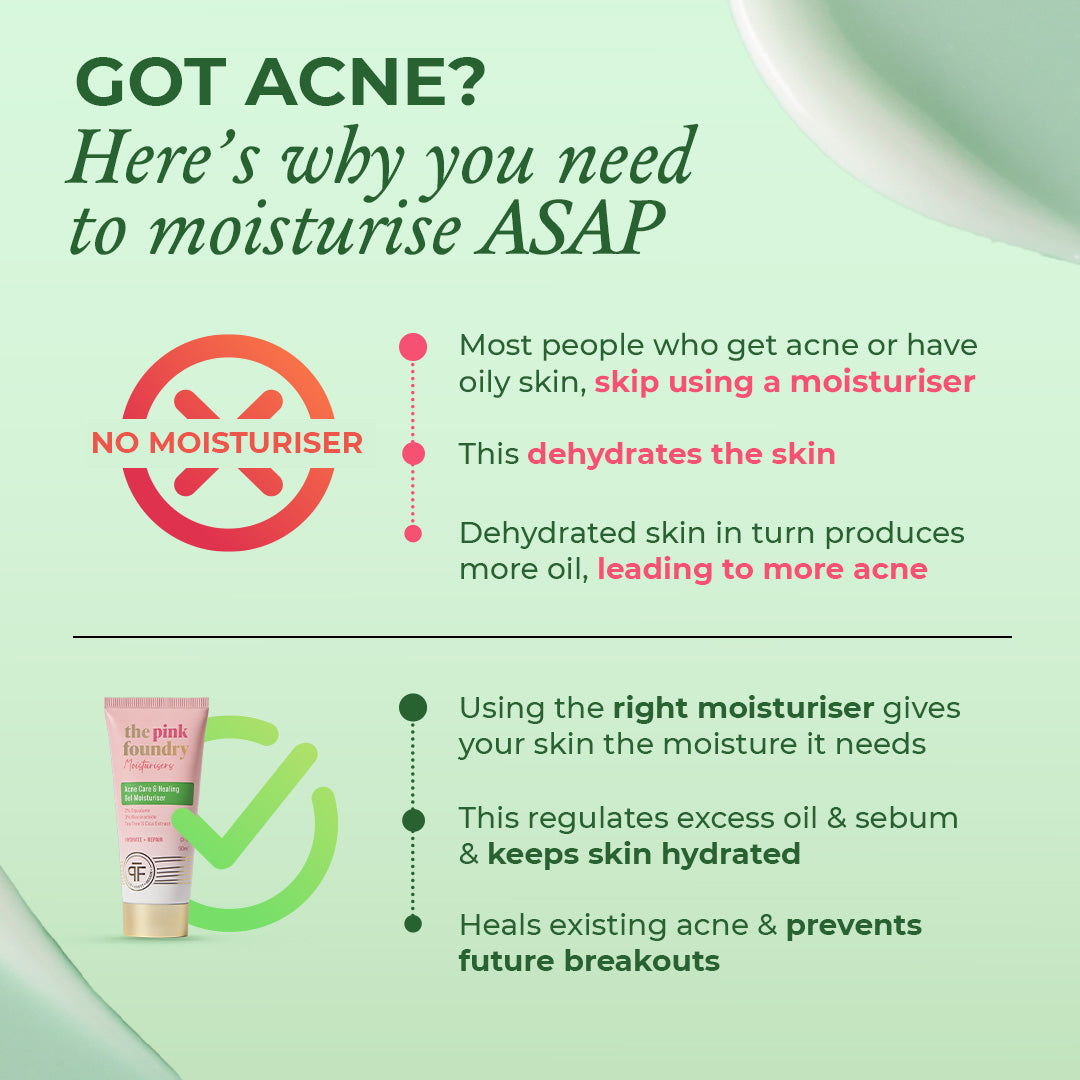
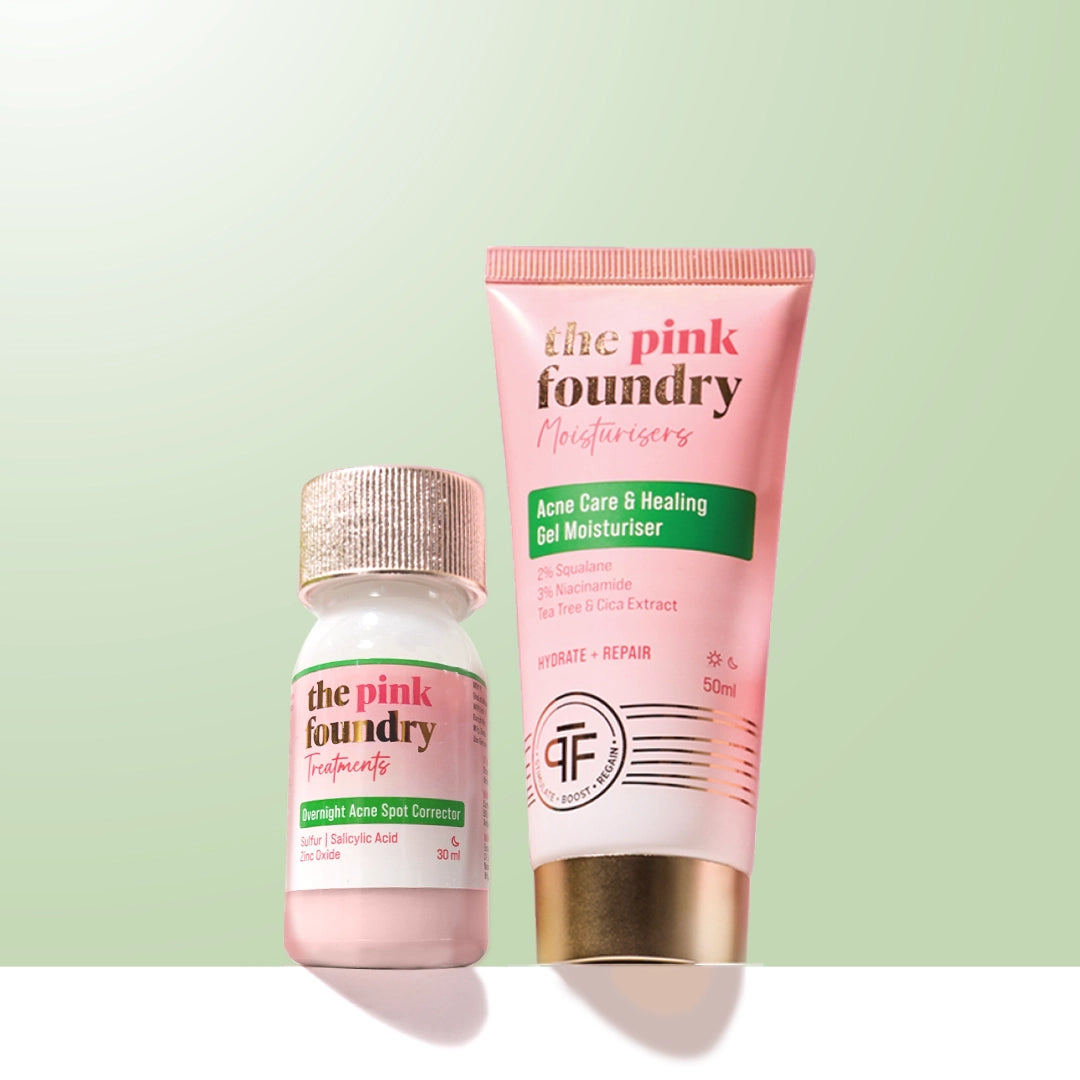
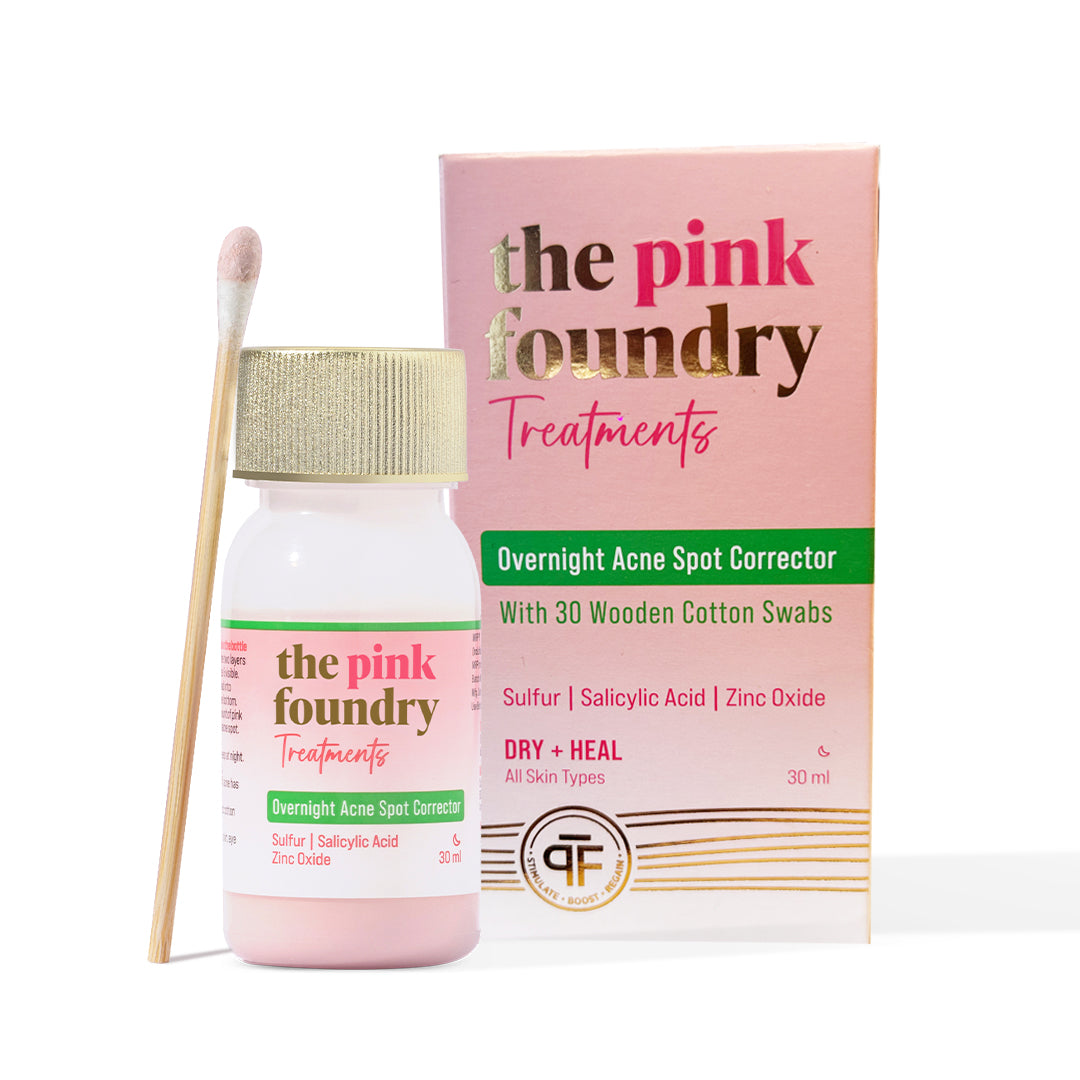
Leave a comment
This site is protected by hCaptcha and the hCaptcha Privacy Policy and Terms of Service apply.